Summer in Europe corresponds to the dry season on Mount Kilimanjaro, which runs from June to October. During this time, the weather is generally drier with less rainfall. However, temperatures can still vary significantly depending on the altitude. It’s important to be prepared for both warm and cold weather conditions.
Because the June-October trekking season overlaps with summer vacations in Europe and North America, several routes are frequently highly crowded.
The dry months of December to mid-March and mid-June to the end of October are the best advised times to climb Kilimanjaro since the weather conditions are at their optimum. Clear skies, beautiful views, little to no rain, and sunlight.
Because of the greatest weather and summer vacations in the United States and Europe, this is the major climbing season and the busiest period on the mountain. July and August are the busiest months, so if you want to avoid crowds, go in June, September, or October if you don’t mind a little rain.
Climbing Kilimanjaro is not just about reaching the summit but also about enjoying the breathtaking scenery, diverse ecosystems, and overall experience. Take your time to appreciate the beauty of the mountain and embrace the challenges along the way.
Showers are always possible, especially in the forest, although this is a mostly dry time of year. Routes are usually busy around this time, especially around the full moon.
Remember, climbing Kilimanjaro requires proper planning, physical readiness, and a positive mindset. With the right preparation and guidance, summer can be a great time to embark on this incredible journey to the “Roof of Africa.”
 It is also the best time of the year to climb Kilimanjaro
It is also the best time of the year to climb Kilimanjaro
The best time to climb Mount Kilimanjaro in Tanzania is during the dry seasons, which are generally from January to March and from June to October. These months offer more stable weather conditions, with less rainfall and clearer skies. During these periods, the chances of encountering rain and cloud cover are lower, providing better visibility and making the climb more enjoyable.
It’s important to note that even during the dry seasons, weather conditions on Kilimanjaro can be unpredictable, and temperatures can vary significantly depending on the altitude. It’s recommended to be prepared for changing weather conditions and to pack appropriate clothing and gear for both warm and cold temperatures.
While climbing Kilimanjaro is possible year-round, the wet seasons, which occur from April to May and from November to December, are generally less favorable due to higher chances of rainfall, muddy trails, and reduced visibility. However, some climbers still choose to tackle the mountain during these months, and it’s advisable to check with local guides and operators for the latest information and advice.
 Things to consider when climbing Kilimanjaro during summer break
Things to consider when climbing Kilimanjaro during summer break
Ultimately, the best time to climb Kilimanjaro may depend on personal preferences, fitness level, and availability, so it’s important to consider these factors when planning your ascent. Climbing Kilimanjaro during the summer holidays can be a fantastic adventure. Here are some important points to consider when planning your climb:
- Weather Conditions: During the summer months, which typically fall between June and August, the weather on Mount Kilimanjaro is generally drier and warmer. However, weather conditions can still vary, especially at higher altitudes. It’s essential to be prepared for changing weather patterns, including potential rain, strong winds, and colder temperatures at night. Pack a range of clothing, including lightweight and breathable layers, waterproof outerwear, and warm clothing for chilly nights.
- Route Selection: Kilimanjaro offers various routes, each with its own characteristics and levels of difficulty. Popular routes for summer climbs include the Machame, Lemosho, and Rongai routes. Consider factors such as your fitness level, experience, and the number of days you have available for the climb. Research the routes thoroughly and consult with experienced guides or tour operators to choose the best option for your preferences and abilities.
- Acclimatization: Proper acclimatization is crucial for a successful Kilimanjaro climb, regardless of the season. During the summer holidays, it’s important to choose a route that allows for gradual ascent and includes enough rest days for your body to adjust to the altitude. Adequate hydration, a slow and steady pace, and listening to your body are key to minimizing the risk of altitude sickness.
- Tour Operator and Guides: When climbing Kilimanjaro, it’s highly recommended to go with a reputable tour operator or hire experienced guides. They will provide essential support, including equipment, accommodation, meals, and guidance throughout the climb. Look for operators who prioritize safety, have knowledgeable guides, and maintain a good track record. Reviews and recommendations from previous climbers can help you choose a reliable operator.
- Physical Fitness and Training: Climbing Kilimanjaro demands a good level of physical fitness and endurance. Prepare your body by engaging in regular exercise and training before the climb. Focus on cardiovascular activities such as hiking, running, and cycling, as well as strength training exercises to build your muscles. Training will help improve your stamina and make the climb more enjoyable.
- Packing Essentials: When climbing Kilimanjaro during the summer holidays, pack clothing suitable for both warm and cold weather. Include items such as moisture-wicking base layers, breathable shirts, convertible hiking pants, waterproof outer layers, a warm jacket or fleece, hiking socks, sturdy hiking boots, a wide-brimmed hat, sunglasses, sunscreen, a water bottle, and any necessary medications or personal items. Don’t forget to bring a reliable headlamp, as well as snacks and energy bars for sustenance.
- Safety Considerations: Climbing Kilimanjaro is an adventure that requires careful attention to safety. Listen to the advice of your guides, drink plenty of water, eat well, and be aware of any signs of altitude sickness. It’s essential to be mentally prepared for the challenges and understand the risks associated with high-altitude climbing. Your safety should always be the top priority.
By considering these factors and taking the necessary precautions, climbing Kilimanjaro during the summer holidays can be an incredible experience. Enjoy the breathtaking scenery, challenge yourself, and create unforgettable memories on your journey to the summit of Mount Kilimanjaro.
 Summer Break in Europe
Summer Break in Europe
The summer break in Europe typically varies depending on the country and educational institution. However, in most European countries, the summer break for schools usually starts around June or July and lasts for approximately 6 to 10 weeks. The exact dates can differ from region to region and may vary within countries as well. Schools generally resume in September or early October after the summer break. It’s important to note that specific dates and durations of the summer break can be subject to the educational policies and academic calendars of each country or school district.
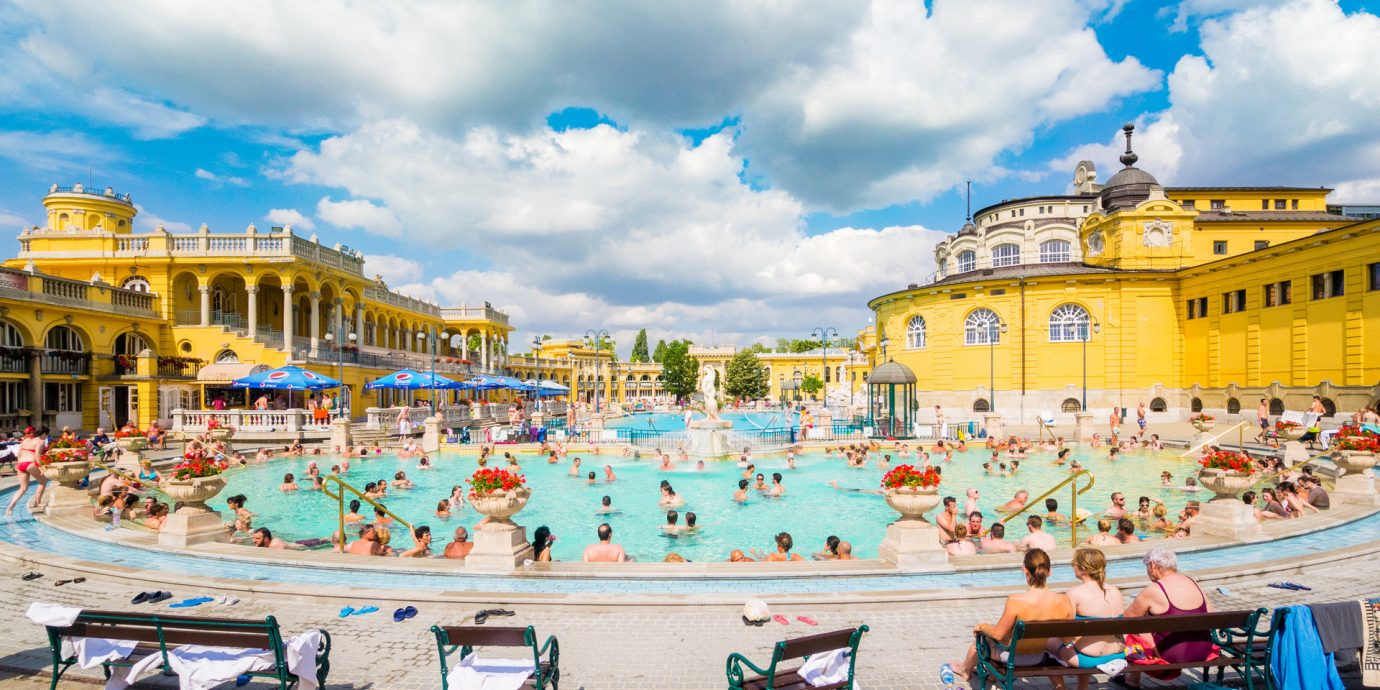 Summer in Europe is a vibrant and exciting time to explore the continent. Here are some key aspects to know about summer in Europe:
Summer in Europe is a vibrant and exciting time to explore the continent. Here are some key aspects to know about summer in Europe:
- Weather: Summer in Europe generally spans from June to August, though it can vary slightly depending on the region. The weather during this time is typically warm to hot, with temperatures ranging from pleasant to scorching, depending on the location. Coastal areas may experience more moderate temperatures, while inland regions can get quite hot.
- Popular Destinations: Europe offers a multitude of popular destinations to visit during the summer. Coastal areas like the Mediterranean, including Greece, Spain, Italy, and Croatia, attract beach lovers seeking sun, sea, and relaxation. Cultural cities such as Paris, Rome, Barcelona, and Prague are bustling with tourists, offering a rich blend of history, art, and architecture. Outdoor enthusiasts can explore the stunning landscapes of the Swiss Alps, the Scottish Highlands, or the Norwegian fjords.
- Festivals and Events: Summer in Europe is synonymous with vibrant festivals and events. From music festivals like Tomorrowland in Belgium and Glastonbury in the UK to cultural celebrations like La Tomatina in Spain and Oktoberfest in Germany, there is a wide array of events to experience. Local festivals, fireworks displays, and open-air concerts also take place throughout the summer season, providing a lively atmosphere.
- Outdoor Activities: The pleasant weather during summer invites travelers to indulge in various outdoor activities. Hiking in the Alps, cycling through the Dutch countryside, exploring national parks, and enjoying boat trips along scenic coastlines are just a few examples. Outdoor cafes, rooftop bars, and street markets come alive, offering opportunities to savor local cuisine, relax with a drink, and soak up the lively ambiance.
- Crowds and Tourism: It’s important to note that summer is the peak tourist season in Europe. Many popular destinations can be crowded, especially in major cities and tourist hotspots. It’s advisable to book accommodations and attractions in advance and be prepared for longer queues at popular landmarks. Exploring off-the-beaten-path destinations or visiting popular sites early in the day can help avoid large crowds.
- Travel Planning: When planning a summer trip to Europe, consider factors such as visa requirements, transportation options, and local customs. Researching and creating an itinerary in advance will allow you to make the most of your time and ensure a smooth travel experience.
- Dress and Essentials: Pack lightweight and breathable clothing suitable for warm weather, along with comfortable walking shoes for exploring cities and sites. Don’t forget essentials like sunscreen, sunglasses, and a hat to protect yourself from the sun. It’s also a good idea to have a reusable water bottle to stay hydrated throughout your adventures.
Whether you’re seeking cultural experiences, beach getaways, or outdoor adventures, summer in Europe offers a wide range of possibilities. With its diverse landscapes, rich history, and vibrant atmosphere, the continent is sure to captivate travelers during this season.
Summertime in the USA
Summertime in the United States typically spans from June to August, although the exact dates can vary depending on the region. It is a season characterized by warm weather, longer daylight hours, and a variety of outdoor activities. During this time, many people take vacations, children are on summer break from school, and families often plan trips to beaches, national parks, amusement parks, or other popular destinations. The summer months in the U.S. offer opportunities for outdoor recreation, such as swimming, hiking, camping, barbecues, and attending festivals or events. Additionally, summer is a popular time for sports activities, including baseball, soccer, and various water sports.
 Why do Europeans take summer breaks in August en masse?
Why do Europeans take summer breaks in August en masse?
Europeans often take off en masse in August for several reasons:
- Summer Holidays: August is traditionally a popular time for summer holidays across Europe. Many businesses, schools, and institutions schedule their annual vacations during this month. Families take advantage of the warm weather and longer days to spend quality time together and travel to various destinations.
- Weather: August offers pleasant weather in many European countries, with warm temperatures and sunny days. It’s an ideal time to enjoy outdoor activities, relax on beaches, and explore nature. Europeans take advantage of this favorable weather to make the most of their holidays.
- Cultural Norms: In many European countries, there is a cultural tradition of taking extended vacations during August. It is seen as a time for rest, rejuvenation, and leisure. This tradition has been ingrained in European societies for generations, and it continues to be followed by many individuals and families.
- Festivals and Events: August is a month filled with festivals, events, and cultural celebrations in various European countries. From music festivals to street carnivals, art exhibitions to food fairs, there are plenty of vibrant happenings during this time. Europeans often plan their holidays around these events, adding to the popularity of August as a vacation month.
- School Breaks: August coincides with summer break for many schools in Europe. Families with children take advantage of this time to go on holiday together before the start of the new school year. It allows parents and children to spend quality time together and explore different destinations.
- Work-Life Balance: Europeans generally prioritize work-life balance and value their vacation time. Taking off en masse in August allows individuals to disconnect from work, reduce stress, and recharge. It is considered a time to focus on personal well-being, relaxation, and enjoying life outside of work commitments.
The mass exodus of Europeans in August can be attributed to a combination of cultural traditions, favorable weather, school breaks, and the desire for leisure and quality time with family and friends. It’s a cherished time for Europeans to unwind, explore new places, and create lasting memories.
![]()

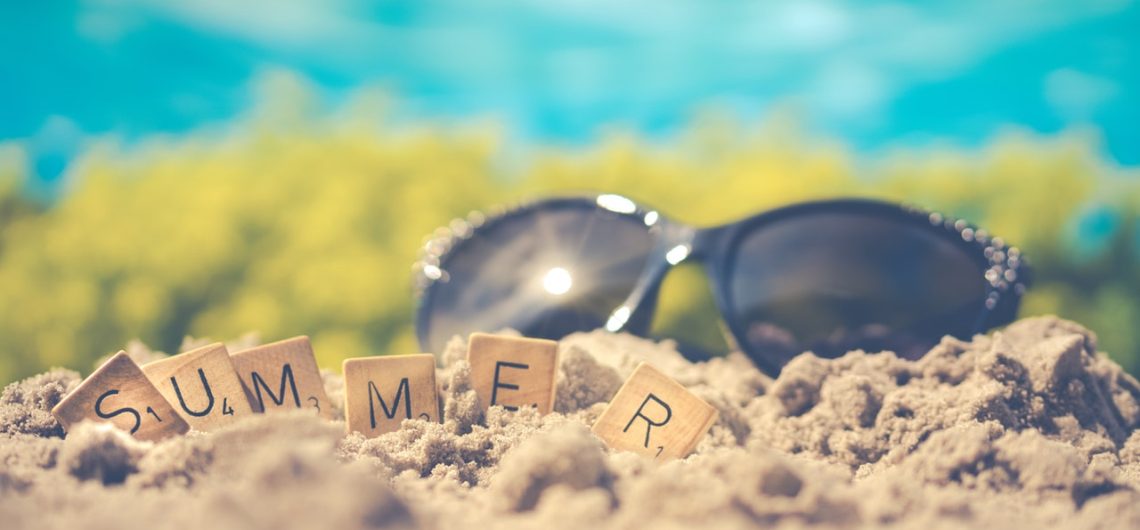
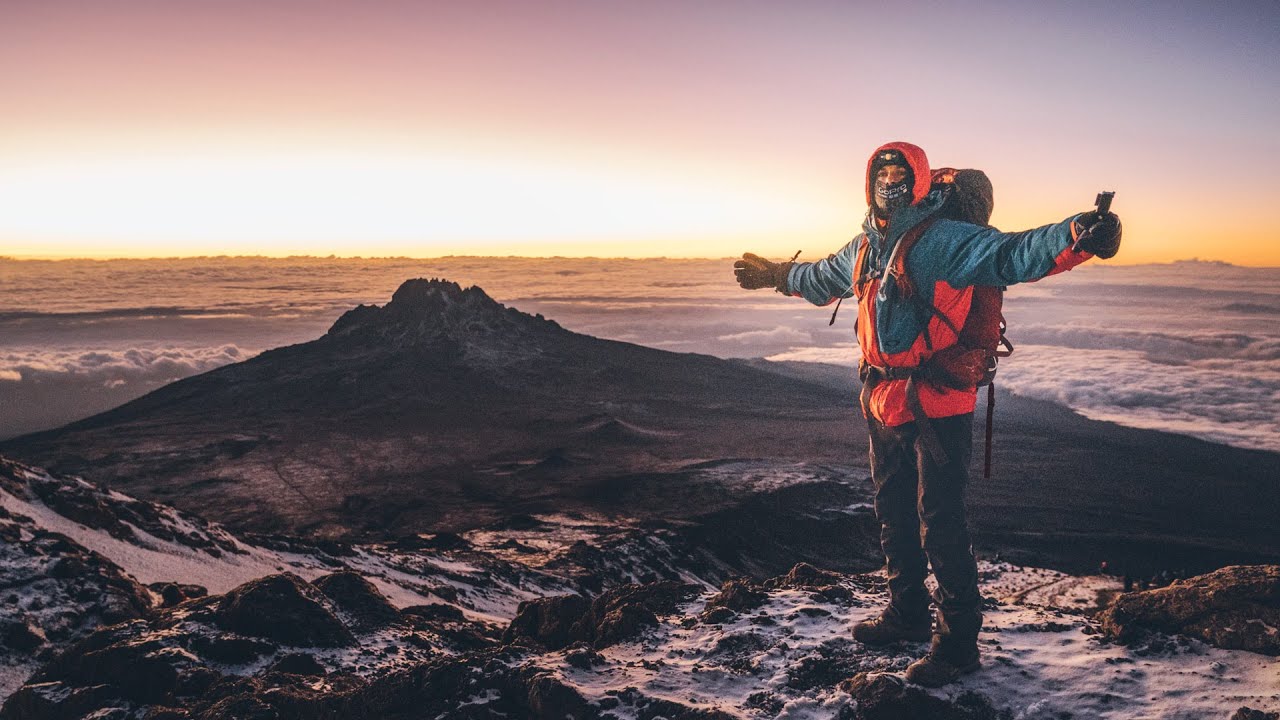 It is also the best time of the year to climb Kilimanjaro
It is also the best time of the year to climb Kilimanjaro Things to consider when climbing Kilimanjaro during summer break
Things to consider when climbing Kilimanjaro during summer break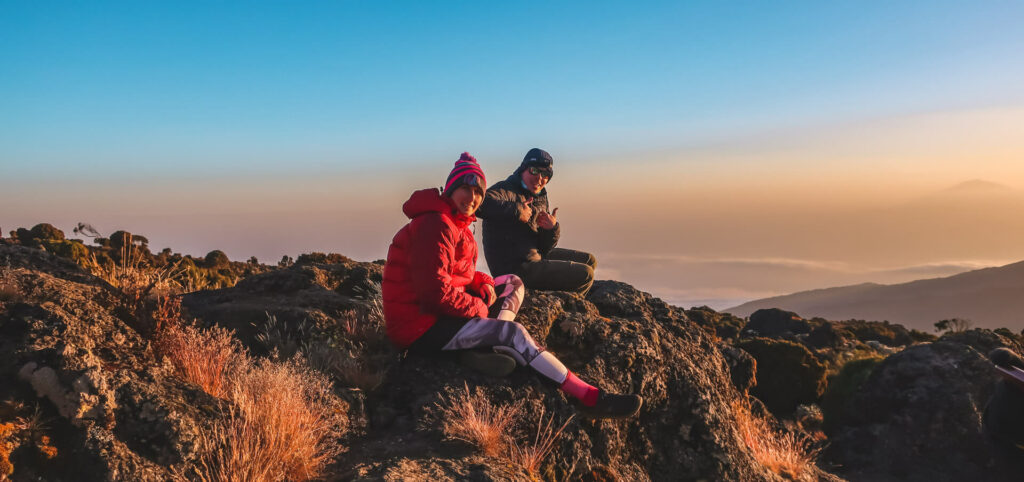 Summer Break in Europe
Summer Break in Europe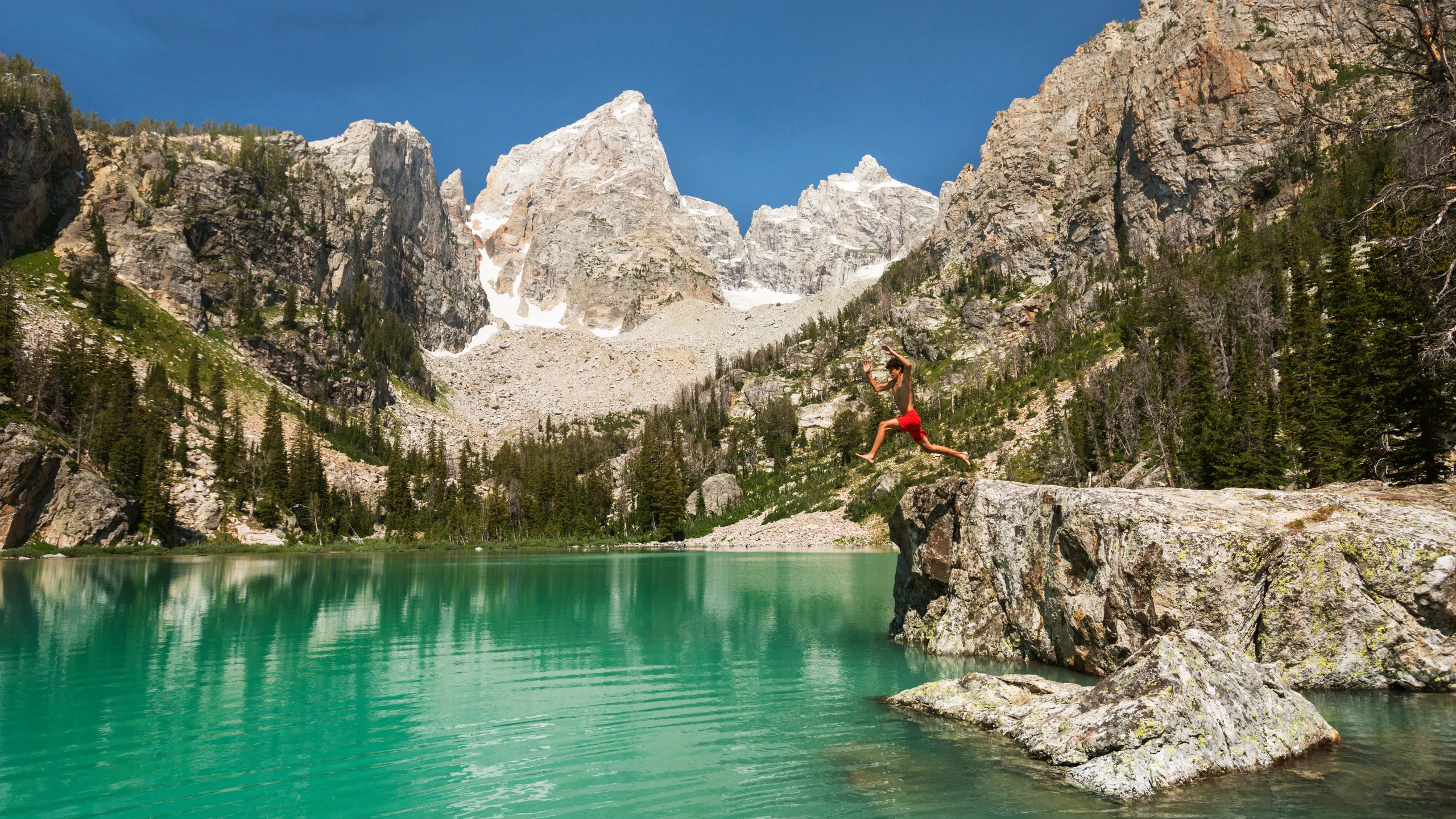 Why do Europeans take summer breaks in August en masse?
Why do Europeans take summer breaks in August en masse?
Comments